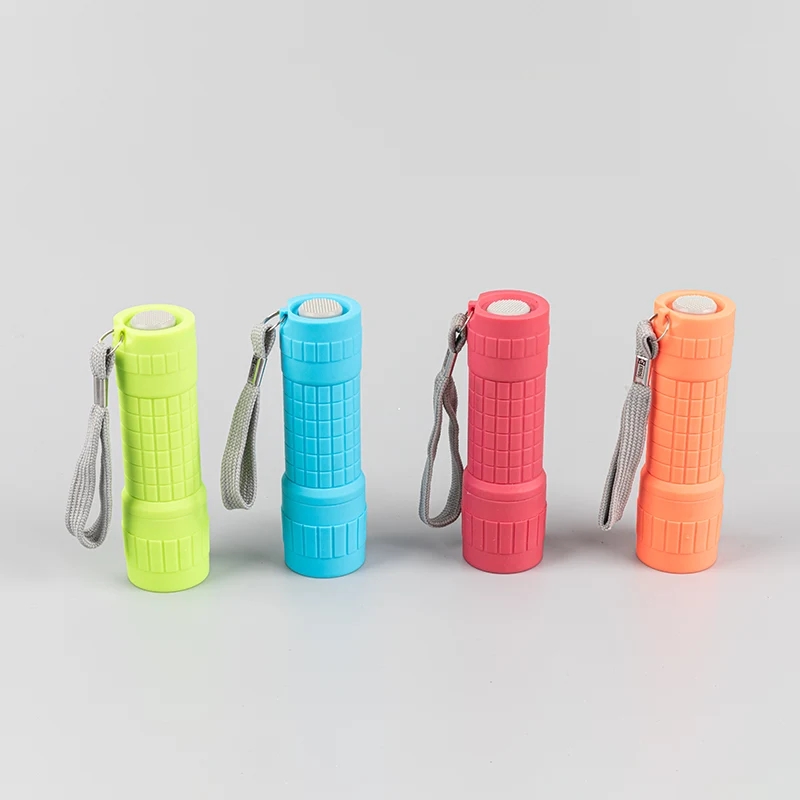Functions and Precautions of the Flashlight
2023-10-17
Functions of a Flashlight:
1. Illumination: The primary function of a flashlight is to provide portable and reliable illumination in various situations, especially in low-light or dark environments.
2. Emergency Lighting: Flashlights serve as essential tools during power outages, emergencies, or natural disasters, providing a reliable light source when electricity is unavailable.
3. Outdoor Activities: Flashlights are valuable tools for outdoor activities such as camping, hiking, fishing, and exploring, where reliable and portable lighting is necessary during nighttime or in areas with limited visibility.
4. Safety and Security: Flashlights can enhance personal safety and security by illuminating potential hazards, providing visibility in dimly lit areas, or disorienting potential threats with a bright beam.
5. Task Lighting: Flashlights are handy for performing tasks in tight spaces or areas with insufficient lighting, allowing users to focus light precisely on the task at hand.

Precautions when Using a Flashlight:
1. Battery Safety: Follow the manufacturer's instructions for installing and replacing batteries correctly. Avoid mixing different types of batteries, and remove batteries when the flashlight is not in use for an extended period to prevent corrosion or leakage.
2. Heat Management: Flashlights can generate heat, especially high-powered models. Avoid touching the lens or the body near the bulb after extended use to prevent burns. Allow the flashlight to cool down before storing it.
3. Proper Handling: Handle the flashlight with care to prevent accidental drops or impacts that could damage the flashlight or its components. Avoid exposing the flashlight to extreme temperatures or harsh conditions that may affect its performance or lifespan.
4. Avoid Direct Eye Contact: Do not shine the flashlight directly into anyone's eyes, including animals. Direct exposure to the bright light can cause temporary or permanent vision impairment.
5. Waterproofing: Some flashlights are designed to be water-resistant or waterproof. However, it's important to understand the specific waterproofing capabilities of your flashlight and follow the manufacturer's guidelines regarding water exposure to avoid damage.
6. Maintenance and Cleaning: Regularly clean the exterior of the flashlight using a soft cloth to remove dirt, dust, or debris that may affect the performance or functionality. Avoid using harsh chemicals or abrasive materials that could damage the flashlight's surface.
7. Proper Storage: Store the flashlight in a dry and cool place when not in use. Avoid storing the flashlight with the batteries installed for an extended period to prevent battery drain or potential leakage.
Always refer to the manufacturer's instructions and guidelines specific to your flashlight model for proper usage, precautions, and maintenance to ensure safe and optimal performance.


